When Apple introduced the first Mac with an Apple Silicon chip last year, namely the M1, it surprised many observers. The new Apple computers brought significantly higher performance with lower energy consumption, thanks to the simple transition to their own solution - the use of a "mobile" chip built on the ARM architecture. This change brought with it one more interesting thing. In this direction, we mean the transition from so-called operational memory to unified memory. But how does it actually work, how does it differ from previous procedures and why does it slightly change the rules of the game?
It could be interest you
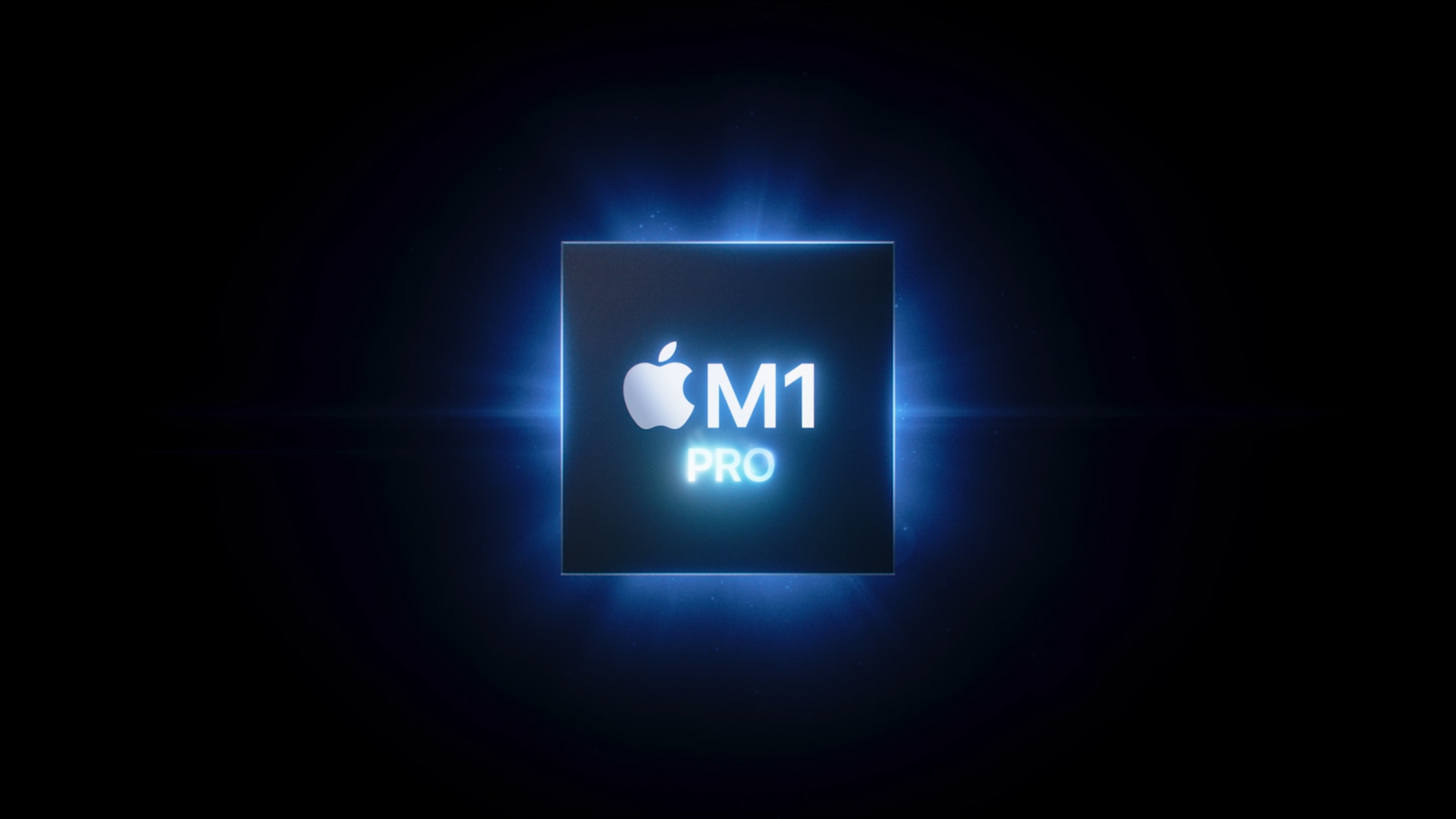
What is RAM and how is Apple Silicon different?
Other computers still rely on traditional operating memory in the form of RAM, or Random Access Memory. It is one of the most important components in a computer that acts as a temporary storage for data that needs to be accessed as quickly as possible. In most cases, it can be, for example, currently open files or system files. In its traditional form, the "RAM" has the form of an elongated plate that just needs to be clicked into the appropriate slot on the motherboard.
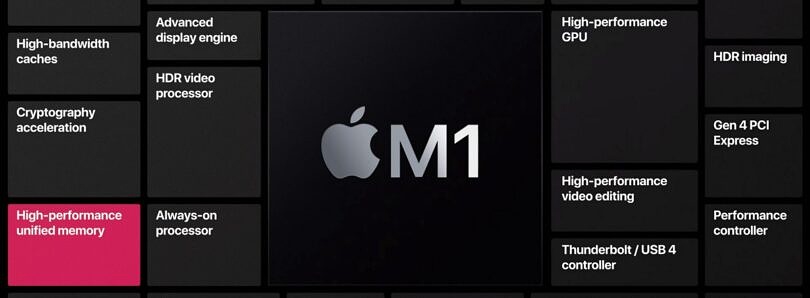
But Apple decided on a diametrically different procedure. Since the M1, M1 Pro and M1 Max chips are so-called SoCs, or System on a Chip, this means that they already contain all the necessary components within the given chip. This is precisely why in this case Apple Silicon does not use traditional RAM, as it already has it incorporated directly into itself, which brings with it a number of benefits. However, it should be mentioned that in this direction the Cupertino giant is bringing a slight revolution in the form of a different approach, which is more common for mobile phones until now. However, the main advantage lies in greater performance.
The role of unified memory
The goal of unified memory is quite clear - to minimize the number of unnecessary steps that can slow down the performance itself and thus reduce speed. This issue can be easily explained using the example of gaming. If you play a game on your Mac, the processor (CPU) first receives all the necessary instructions, and then passes some of them to the graphics card. It then processes these specific requirements through its own resources, while the third piece of the puzzle is the RAM. These components must therefore constantly communicate with each other and have an overview of what each other is doing. However, such handing of instructions also understandably "bites off" part of the performance itself.
But what if we integrate the processor, graphics card and memory into one? This is precisely the approach Apple has taken in the case of its Apple Silicon chips, crowning it with unified memory. She is uniform for a simple reason - it shares its capacity between components, thanks to which others can access it practically with the snap of a finger. This is exactly how performance was completely moved forward, without necessarily having to increase the operating memory as such.
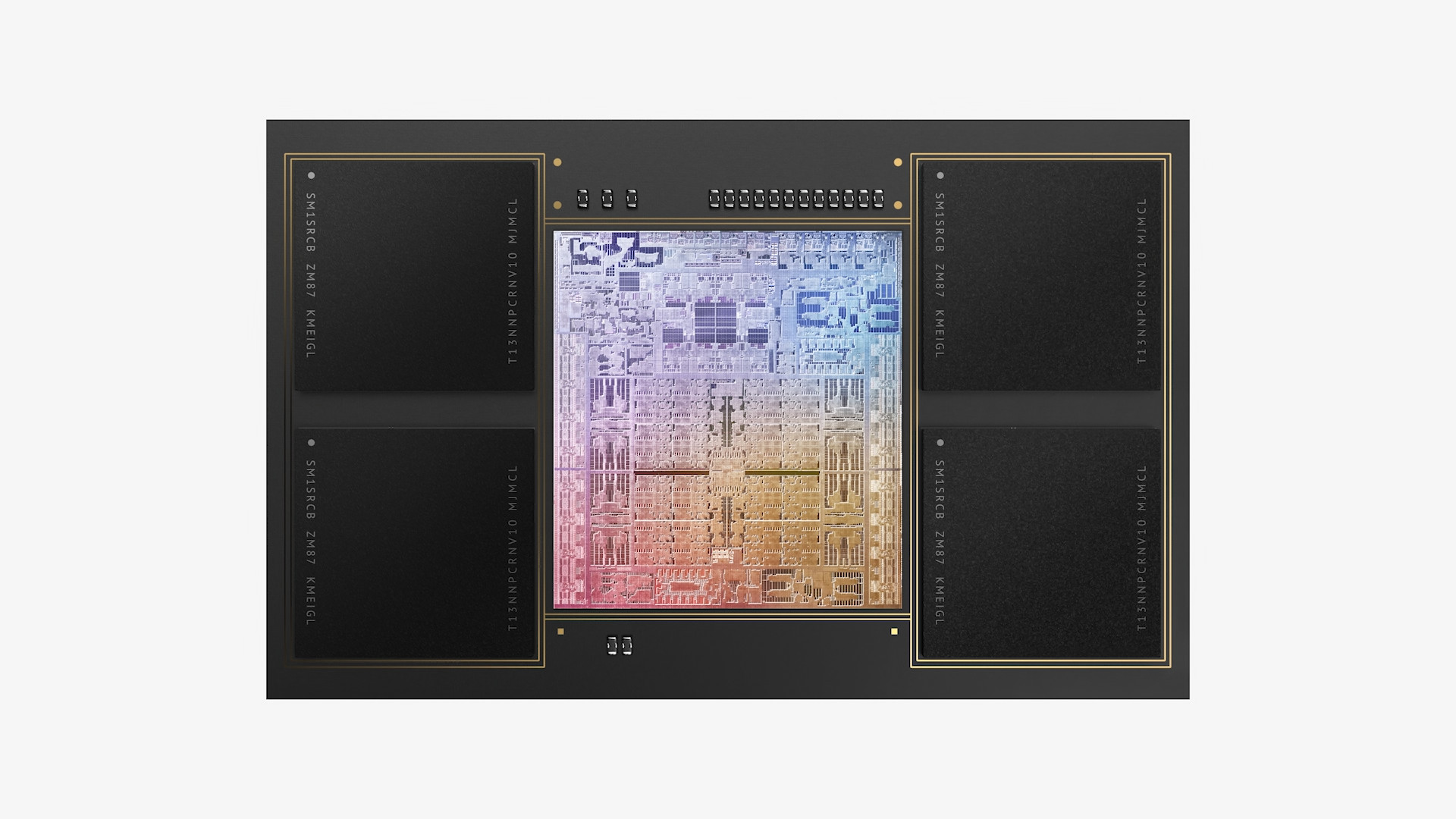
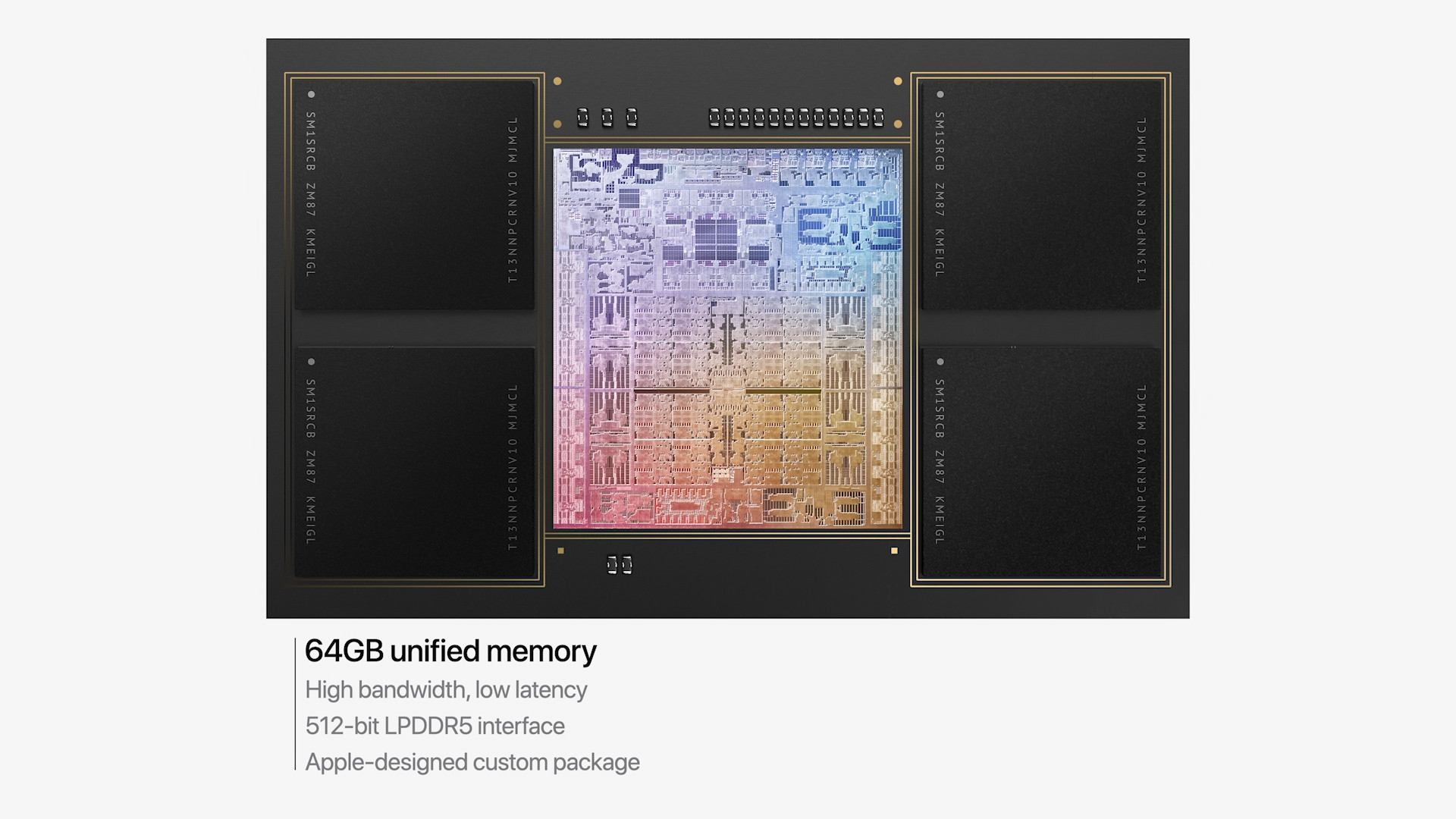
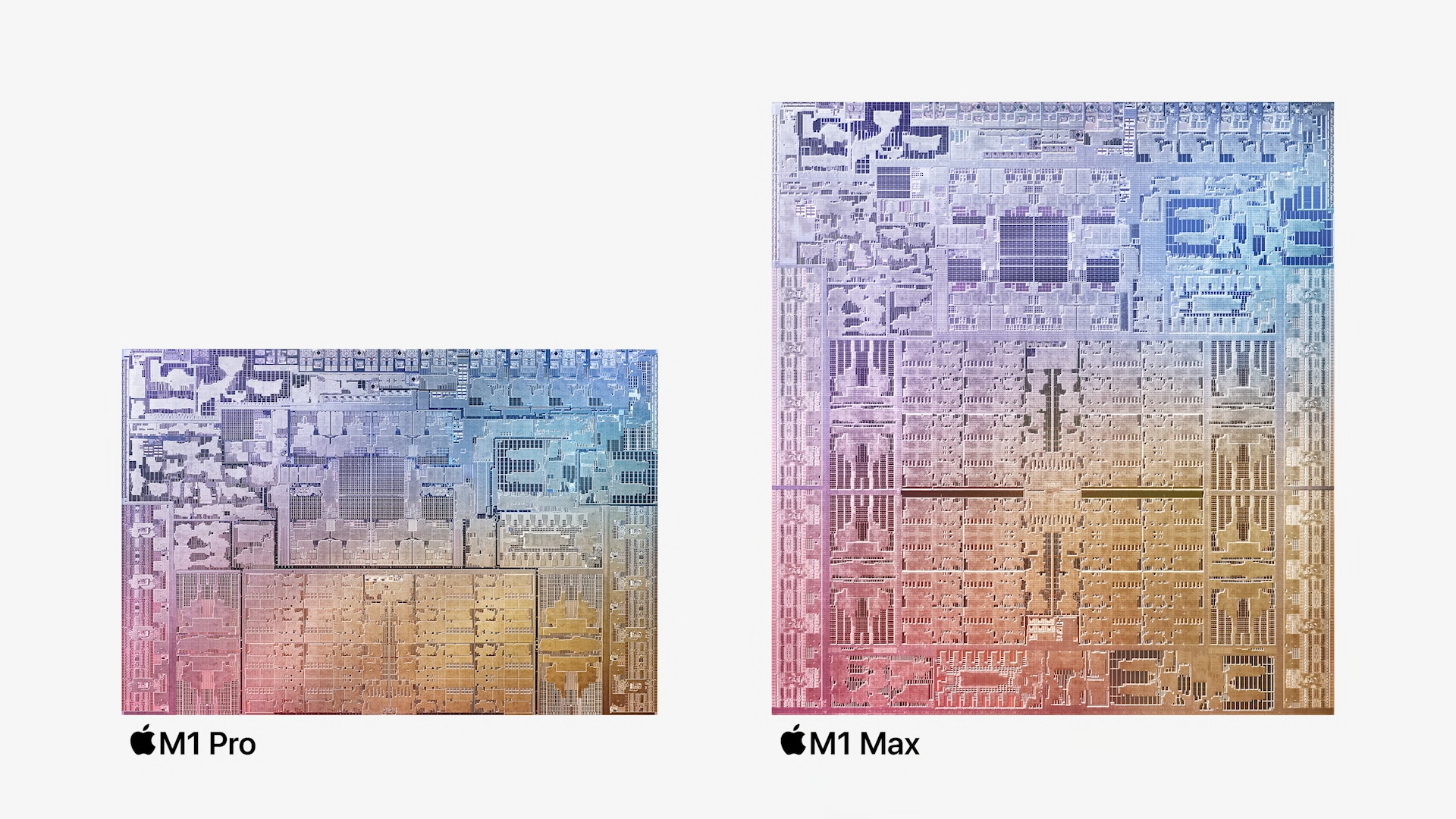
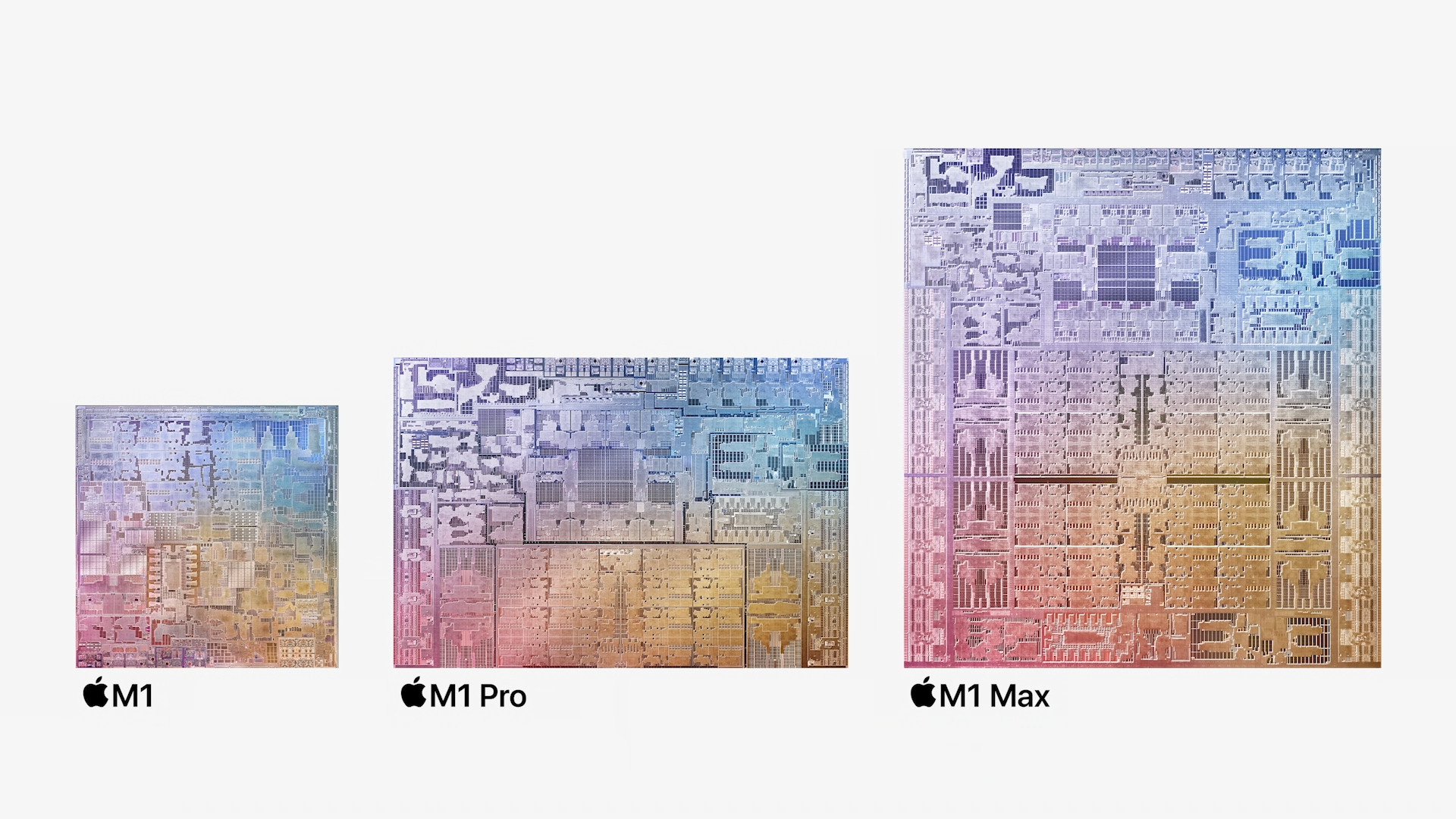
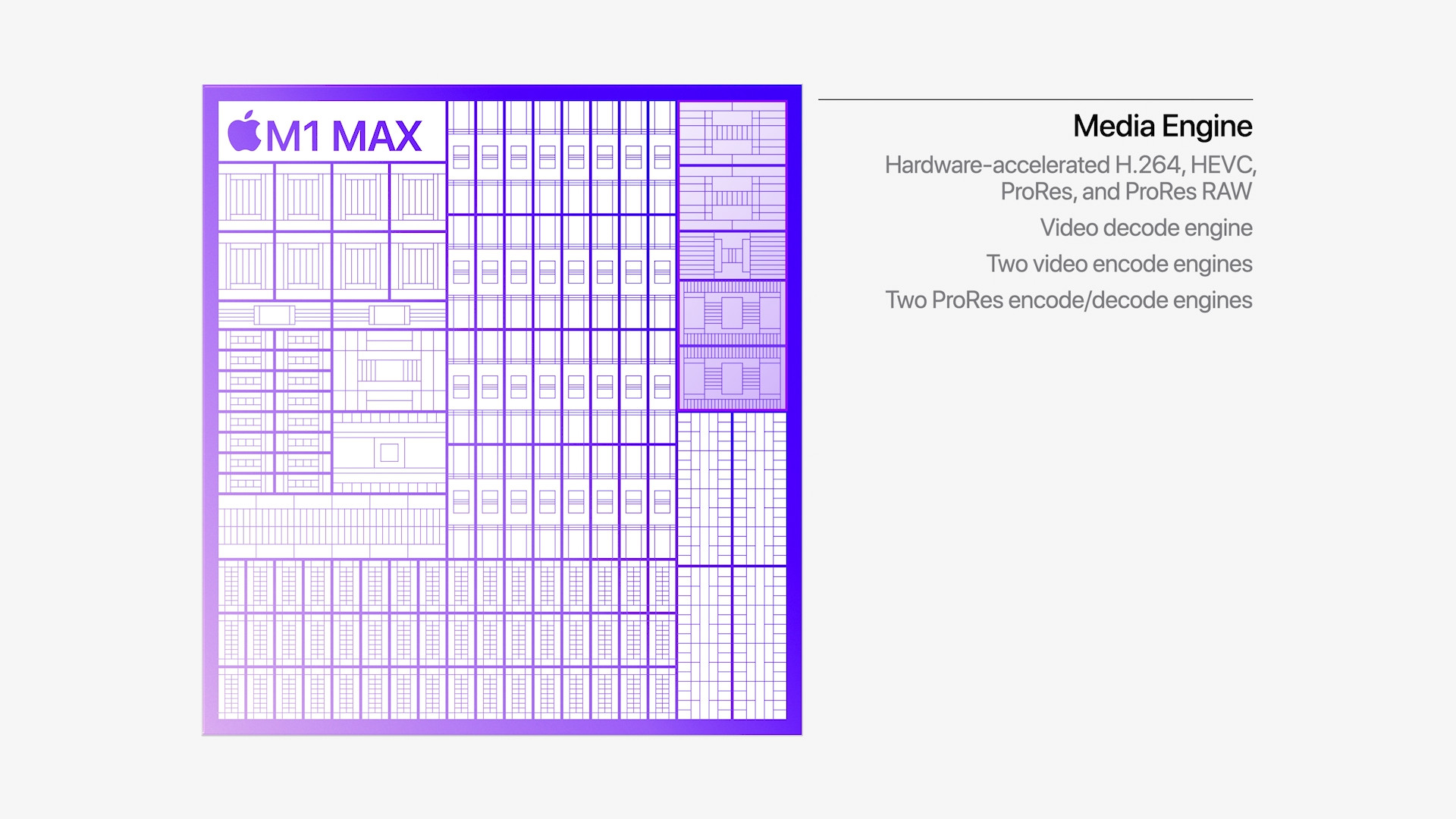
Just like any other graphics card... the performance is great, but in principle it's nothing new.
Pardon. Like any other INTEGRATED graphics card.
The whole article is about RAM memory.
Even though it is an integrated graphics card, both components (CPU and GPU) still process instructions on their own piece of sand. Subsequently, they just transfer data to each other. So it doesn't work the same as using unified memory.
@Majo – Maybe try to read it again :)
Rather than comparing it to an iGPU, it's better to compare it to the Playstation 5. It's actually the same technology. Or similar, so no one takes my word for it :)
It's clear that Apple has achieved something that other manufacturers are now watching from afar and wondering if they should start doing the same.